
One of the most common defects on houses old and new is the bottom edge of the siding and trim lacking the proper clearance. The purpose of siding is very basic. It protects the exterior of the home from the elements. For example, when it rains, the water is diverted downward and eventually onto the ground. The problem arises when siding sits in direct contact with dirt, concrete, roofing, or any other materials. The water collects at the bottom and soaks in. The prolonged water contact against the siding will result in greatly accelerated decay and damage. Aside from damage to the siding itself, once the water gets past these exterior coverings, considerable damage can be done to critical building materials behind them.
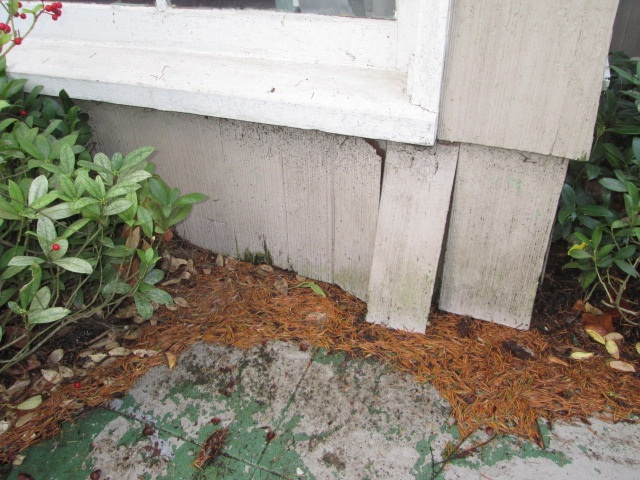
So, how much clearance is needed? This depends on what is below the siding. There are various building codes and siding manufacturer specifications that address the clearance required below siding and trim. Having a 2” clearance between the bottom of the siding and any hard surfaces such as a deck or concrete walkway is usually sufficient. A greater clearance of 6” is usually recommended above soft surfaces such as dirt or bark dust. Up higher on the house where different siding types transition with one another, a ½” clearance above a metal flashing is usually enough. Again, there is some variation depending on the exact material but the concept remains the same – prevent siding and trim from sitting in water or damp materials.

Why is siding so often installed with inadequate clearance below it? I personally believe the main reason is just carelessness, contractors being in a hurry, or lack of communication. The crew installing the siding is not the same person filling in the soil around the house or placing the concrete for the patio. Each one takes the attitude that it is the other crew’s job to achieve proper clearance. The result is it doesn’t get done.
Also, a lot of the problems start early on in construction when a house’s foundation is not set high enough above the finished grade. Siding is attached to the framing which is set on top of the foundation. So, if the foundation starts too low, then the framing is too low, and the siding ends up sitting too close to the ground.
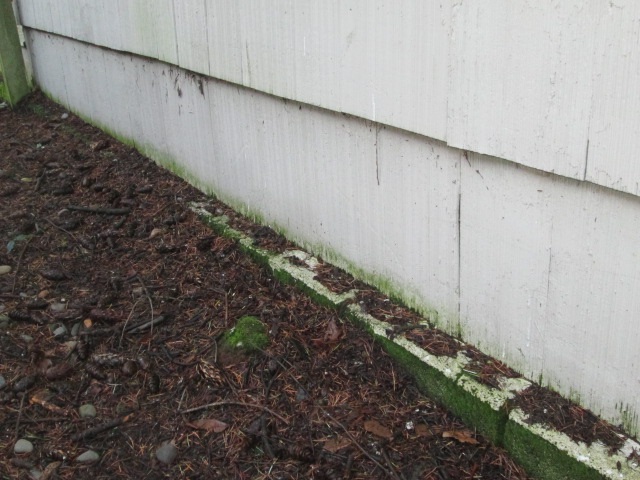
Another reason I believe this is such a common defect is that it takes time for damage to occur. Siding installers move on from a job and rarely ever come back to really see the performance of the work they did. They especially don’t come back 10 years later after damage has occurred. Building inspectors often overlook this during initial construction since it’s not a fire/life/safety issue. Preventing damage to a house is important but keeping the people inside is, of course, much more important. For this reason, safety concerns within a house will typically fall under greater scrutiny from city building inspectors at the time of construction.
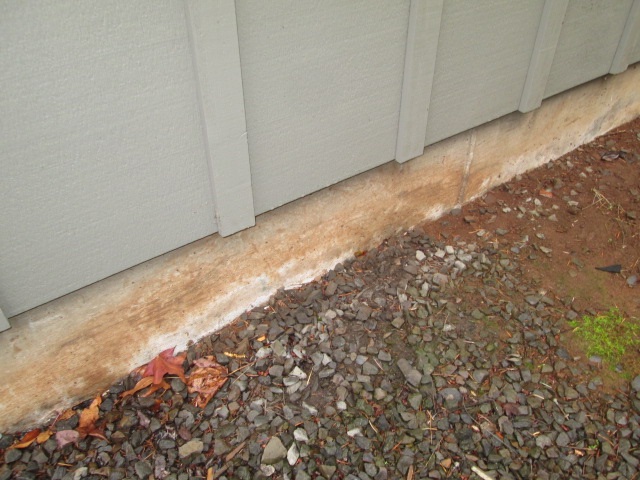
Proper clearance above grade 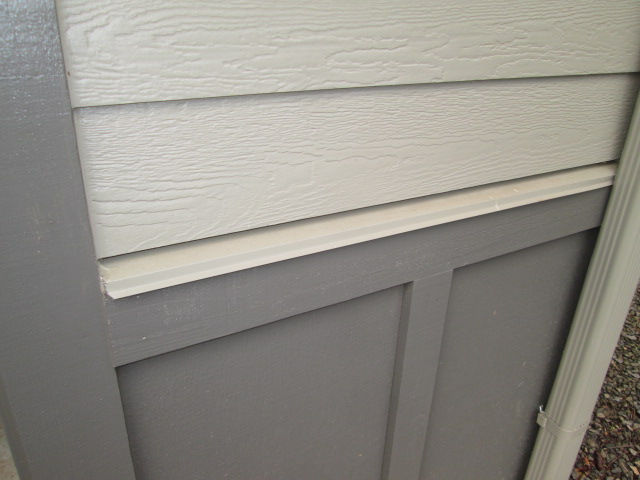
Proper clearance above flashing 
Proper clearance above grade 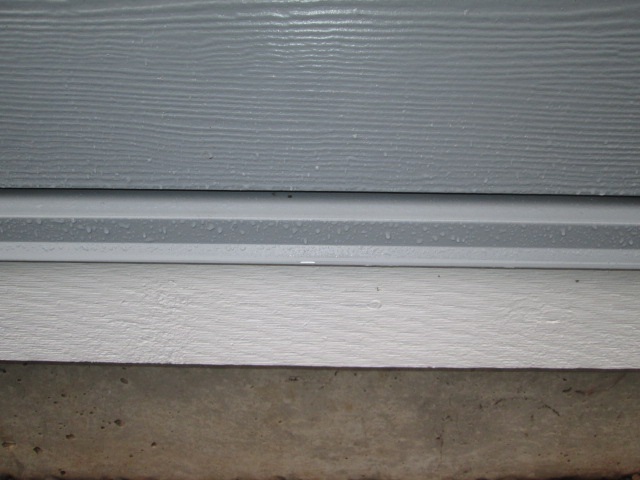
Proper clearance above flashing
The good news is with a thorough home inspection this problem can be quickly identified and corrected. Call Crawford Inspection Services today to avoid problems tomorrow.
